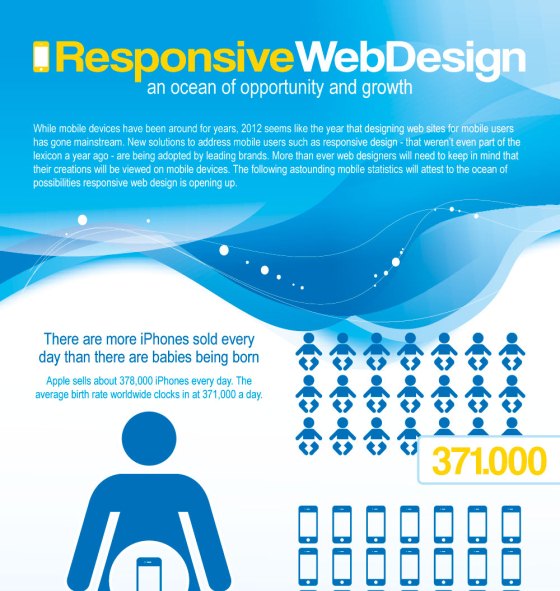The Advancement Of Website Layout: From Past To Present
The Advancement Of Website Layout: From Past To Present
Blog Article
Written By-Kahn Hyldgaard
In the past, websites were simple and focused on info. https://www.cmo.com.au/article/699493/cmo-profile-one-marketer-journey-from-rockefeller-centre-australian-hospitality-experiences/ was direct, and layout was for desktops. Now, individual experience is vital. Information overviews styles for easy navigation. Responsive layouts suit different tools. Today, dark setting reduces strain, and minimal food selections enhance navigating. Interactive attributes involve users, and strong visuals stick out. AI assimilation boosts interaction. See just how layout has actually advanced to enhance your online trip.
Early Days of Web Design
In the very early days of website design, simpleness reigned supreme. Websites were standard, with restricted colors, fonts, and formats. The focus was on offering info rather than flashy visuals. Customers accessed the net through slow-moving dial-up links, so speed and performance were crucial.
Navigating menus were straightforward, normally situated at the top or side of the page. Sites were developed for home computer, as mobile browsing wasn't yet common. Web content was king, and developers focused on simple readability over complex design components.
HTML was the key coding language used, and developers had to work within its restraints. Animations and interactive functions were minimal compared to today's criteria. Web sites were fixed, with little dynamic content or personalized user experiences.
Rise of User-Focused Style
With the evolution of website style, a shift towards user-focused design principles has ended up being significantly famous. Today, creating internet sites that prioritize customer experience is vital for involving site visitors and accomplishing service objectives. User-focused layout involves recognizing the requirements, preferences, and behaviors of your target audience to tailor the internet site's layout, material, and features accordingly.
Designers now conduct complete research, such as user studies and usability testing, to collect understandings and comments straight from customers. This data-driven approach aids in creating intuitive navigating, clear calls-to-action, and aesthetically enticing interfaces that reverberate with visitors. By placing Recommended Web site at the facility of the layout process, internet sites can provide a much more personalized and delightful experience.
Receptive design has additionally emerged as a vital element of user-focused design, guaranteeing that sites are optimized for different gadgets and screen sizes. This adaptability enhances availability and usability, dealing with the varied ways individuals interact with internet sites today. Fundamentally, the rise of user-focused layout represents a change in the direction of developing digital experiences that focus on the needs and expectations of completion customer.
Modern Trends in Web Design
Discover the current trends forming web design today. One famous fad is dark setting style, offering a smooth and modern appearance while lowering eye strain in low-light atmospheres. One more essential pattern is minimalist navigation, streamlining food selections and enhancing user experience by concentrating on essential elements. Integrating micro-interactions, such as computer animated switches or scrolling results, can develop an extra interesting and interactive website. Responsive design stays essential, ensuring seamless customer experiences across numerous devices. Additionally, using bold typography and unbalanced formats can add aesthetic rate of interest and accentuate particular material.
Incorporating AI technology, like chatbots for customer support or tailored recommendations, boosts user interaction and improves procedures. Availability has also become a significant trend, with developers focusing on comprehensive style practices to deal with diverse individual needs. Welcoming sustainability by enhancing web site performance for speed and efficiency is an additional arising trend in web design. Teaming up with individual feedback and information analytics to iterate and enhance style constantly is essential for remaining appropriate in the ever-evolving electronic landscape. By accepting these modern fads, you can create a visually appealing, easy to use web site that reverberates with your audience.
Conclusion
As you reflect on the development of internet site layout from the very early days to now, you can see just how user-focused style has become the driving force behind modern-day trends.
Embrace the trip of adjustment and adaptation in website design, always keeping the individual experience at the leading edge.
Remain existing with the most recent trends and technologies, and never ever stop evolving your strategy to create visually spectacular and easy to use web sites.
Progress, adjust, and create - the future of website design is in your hands.
